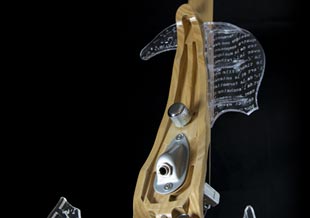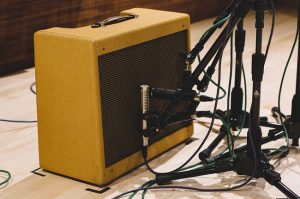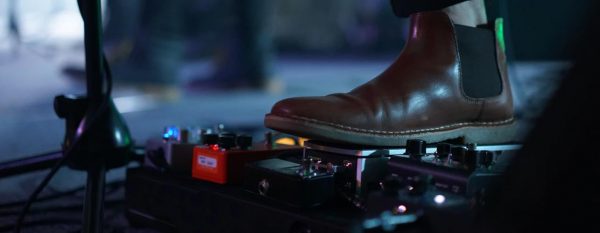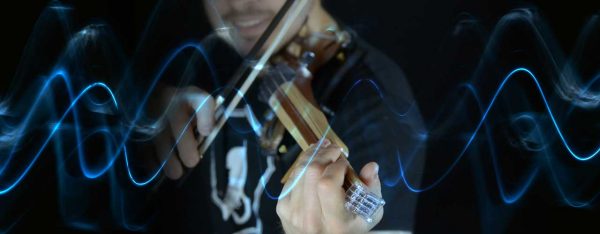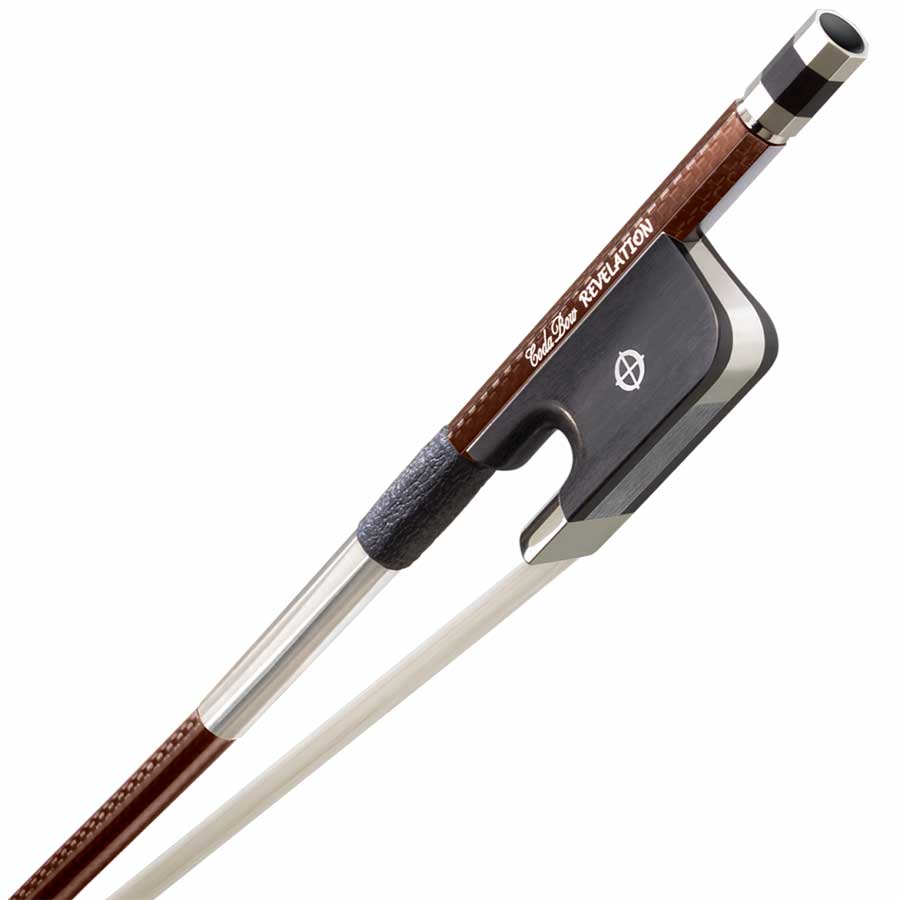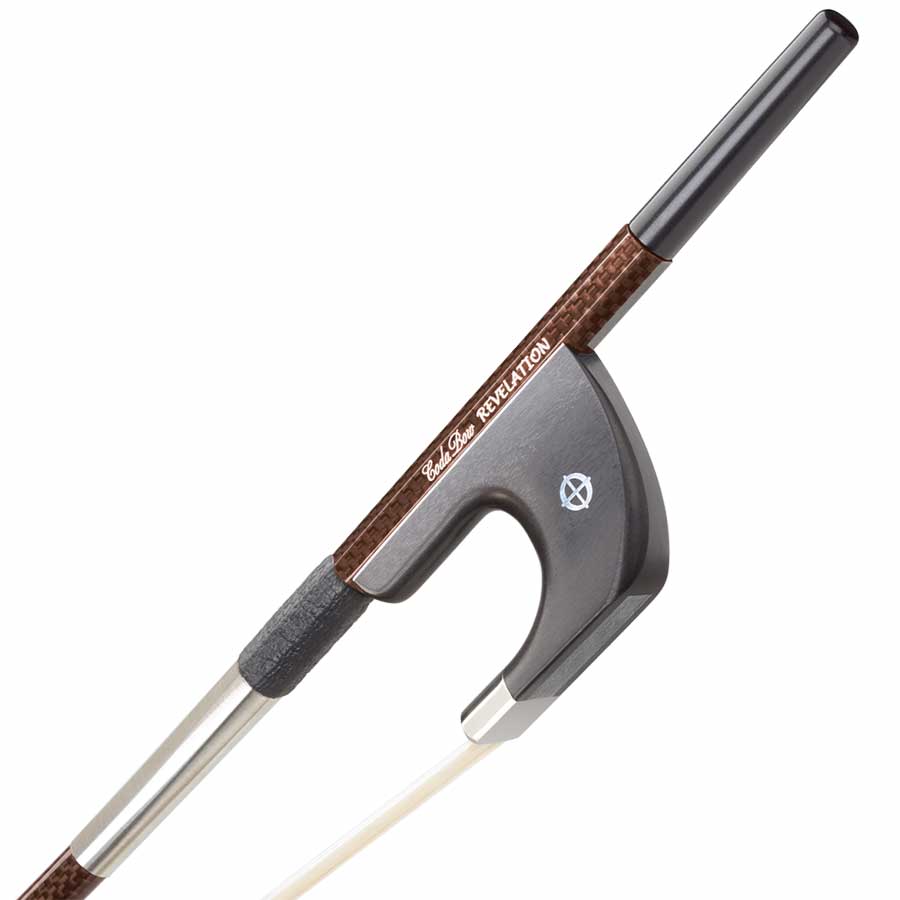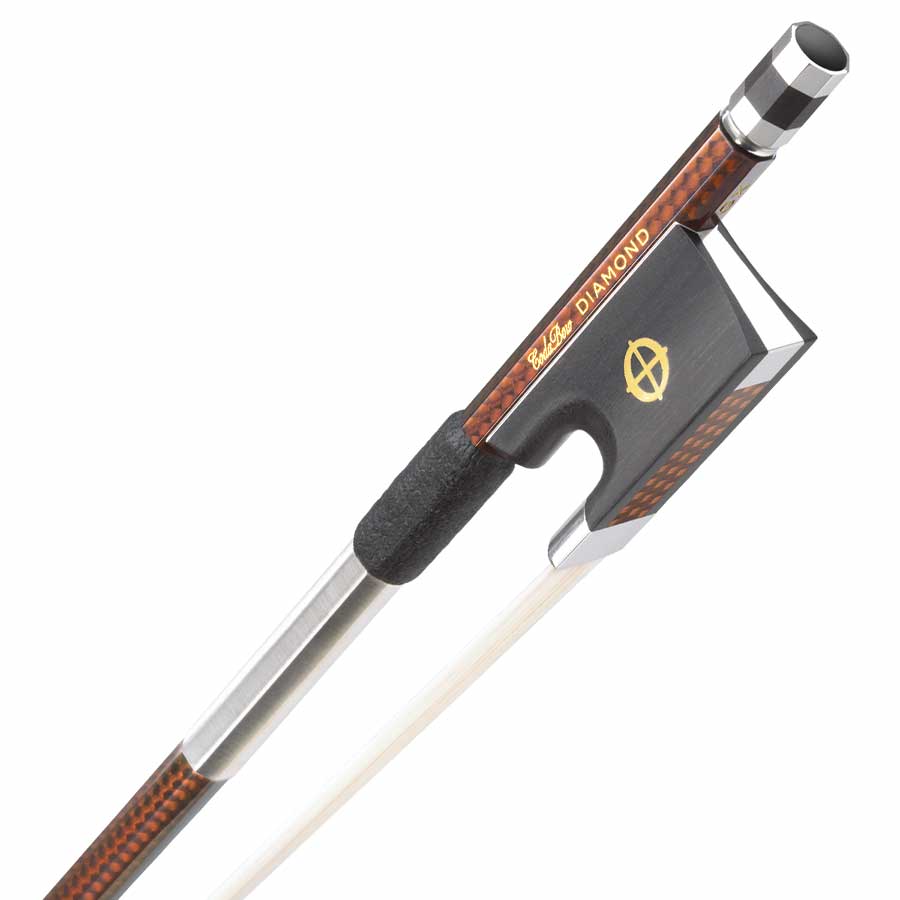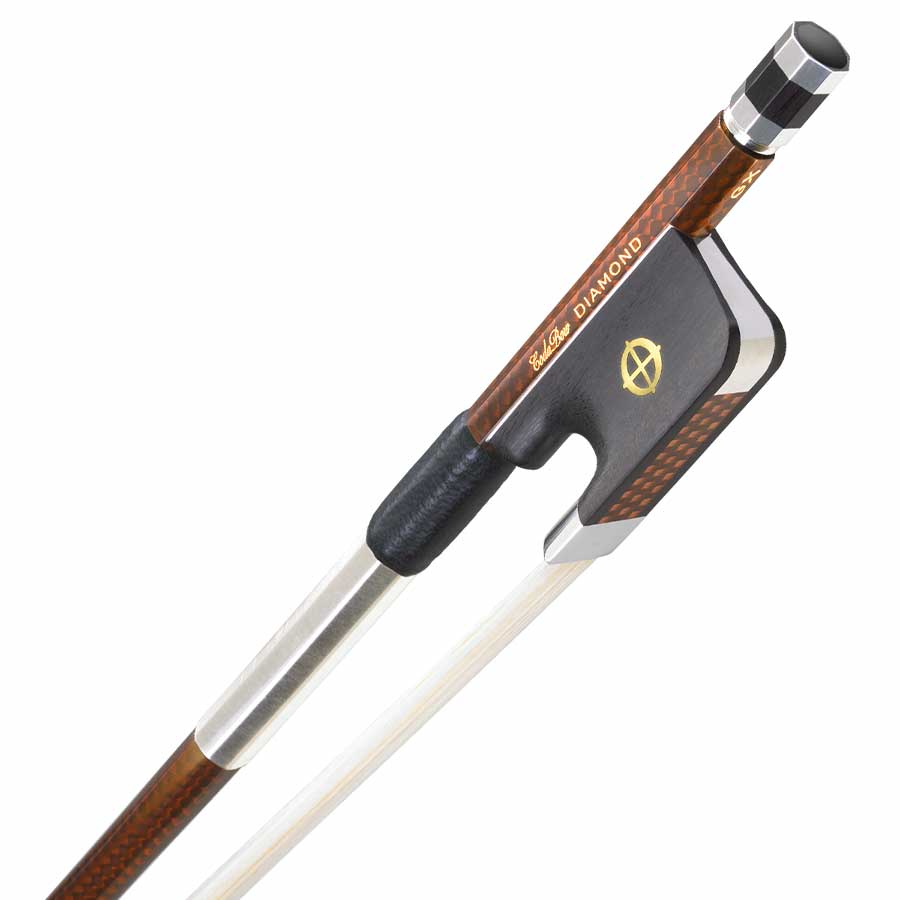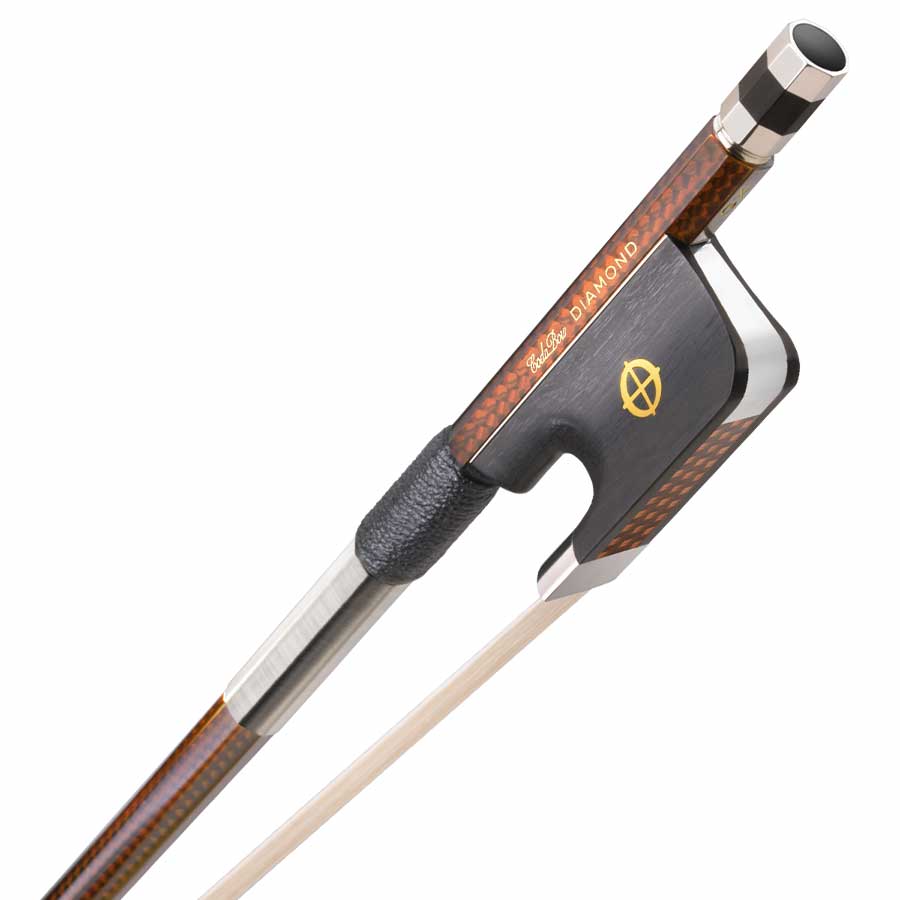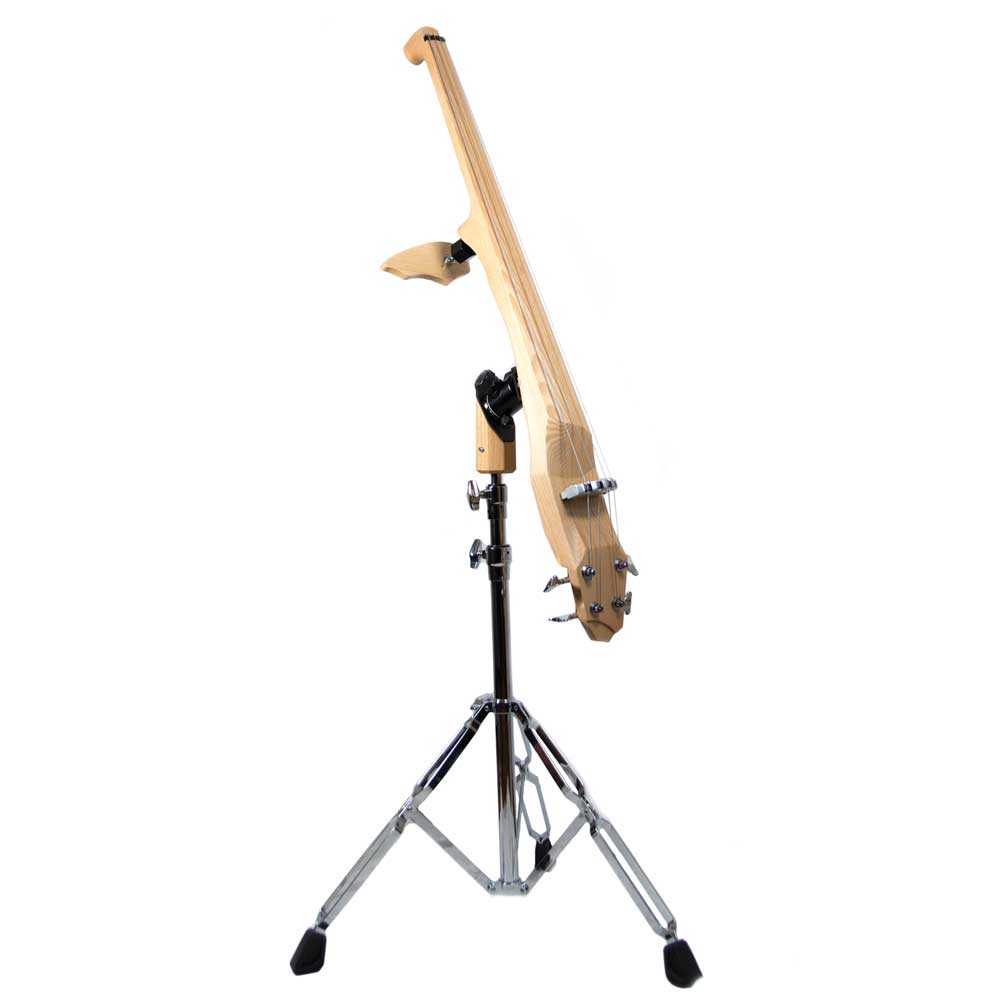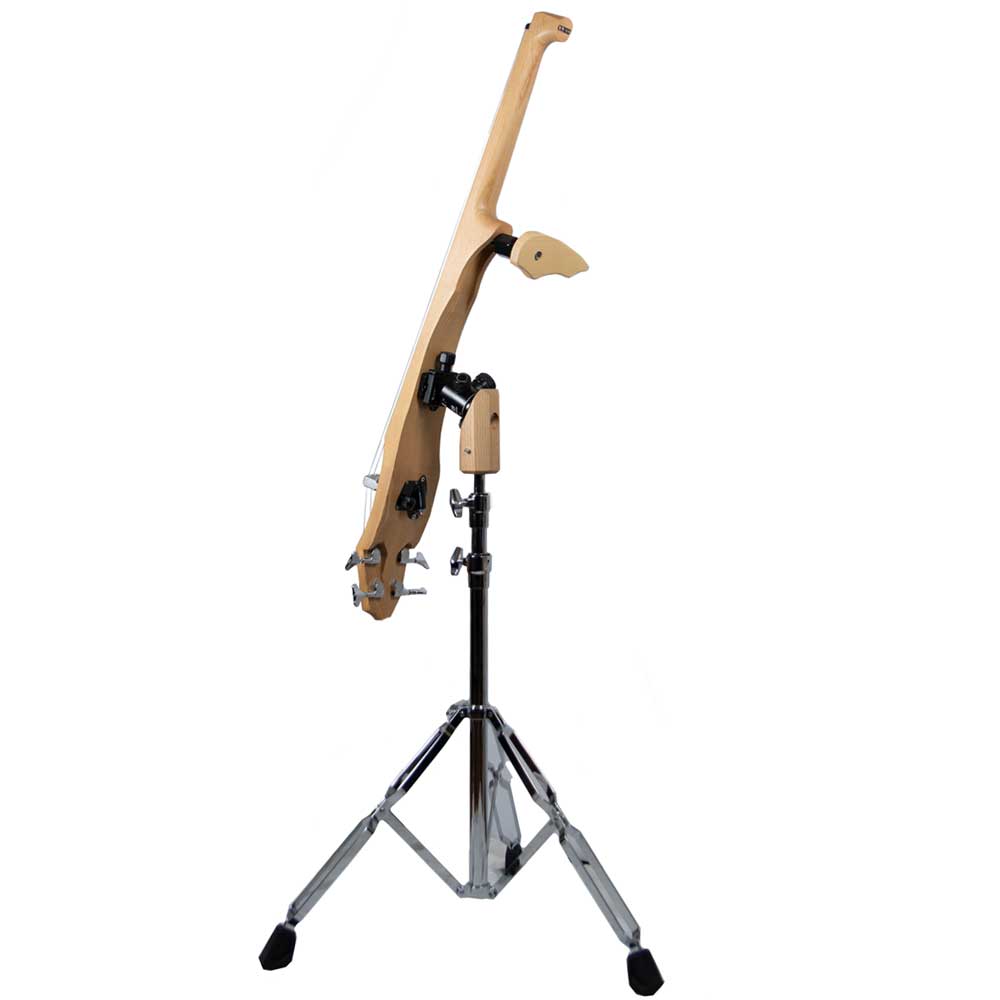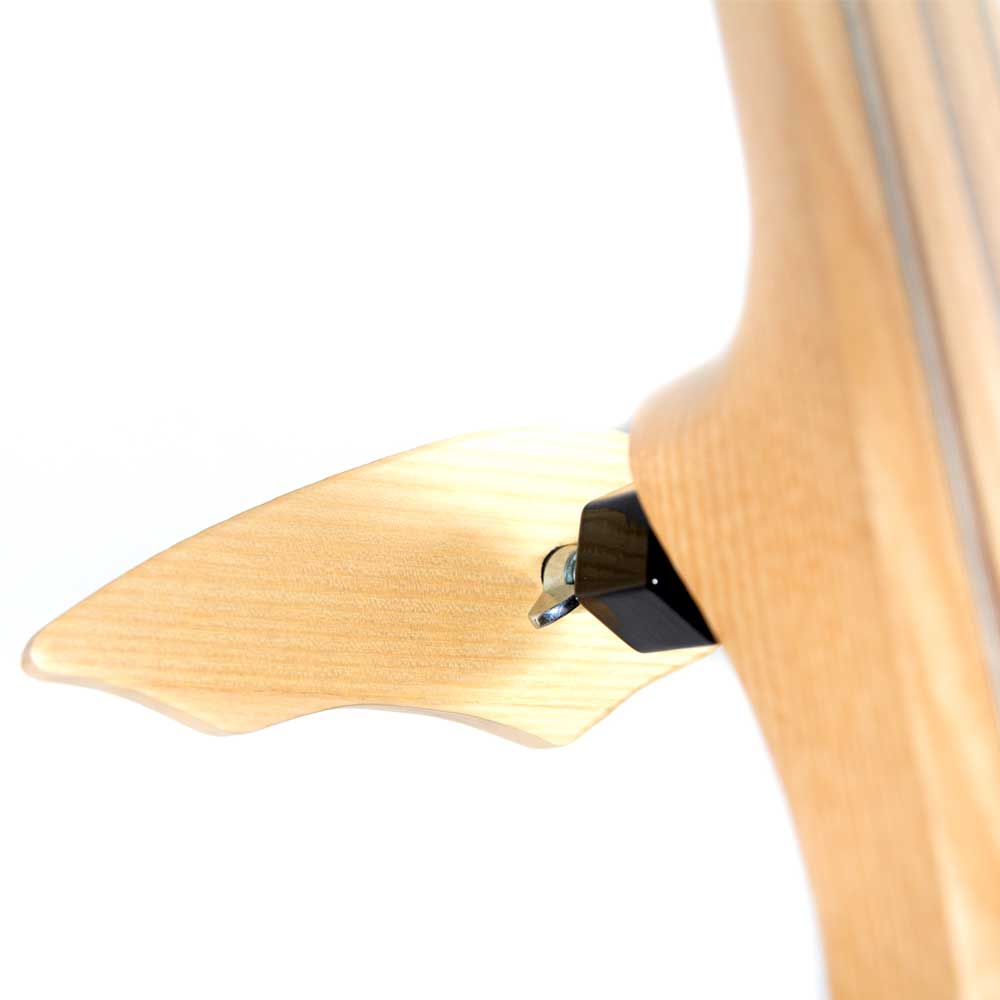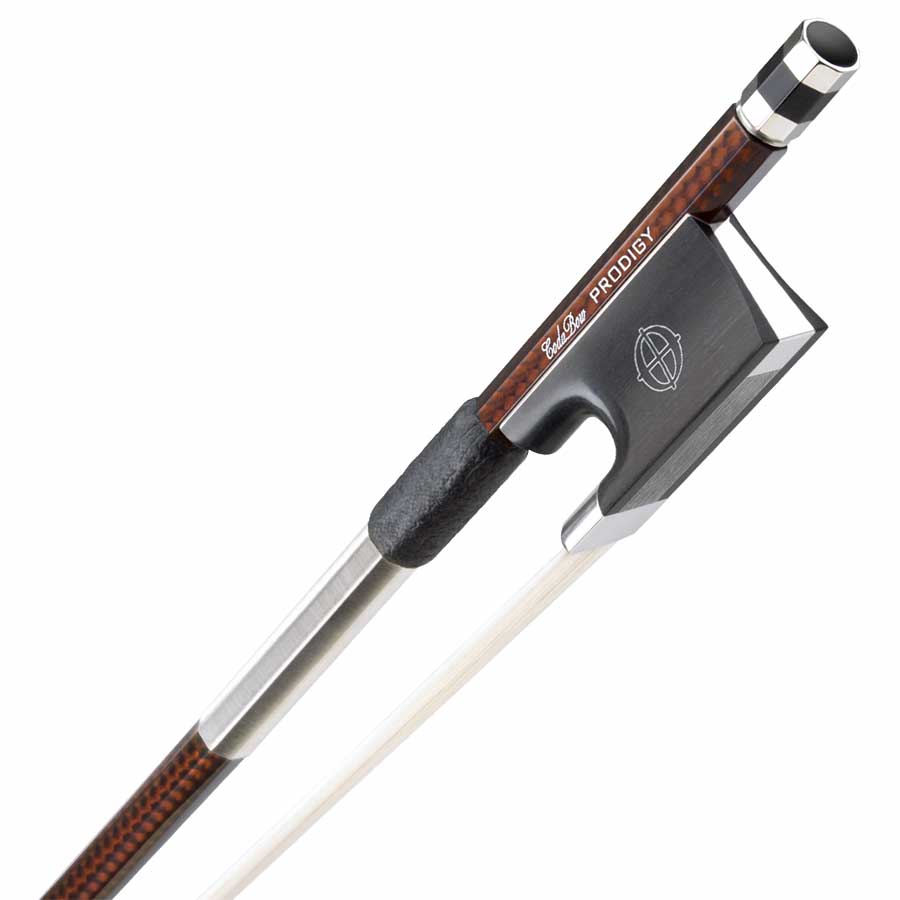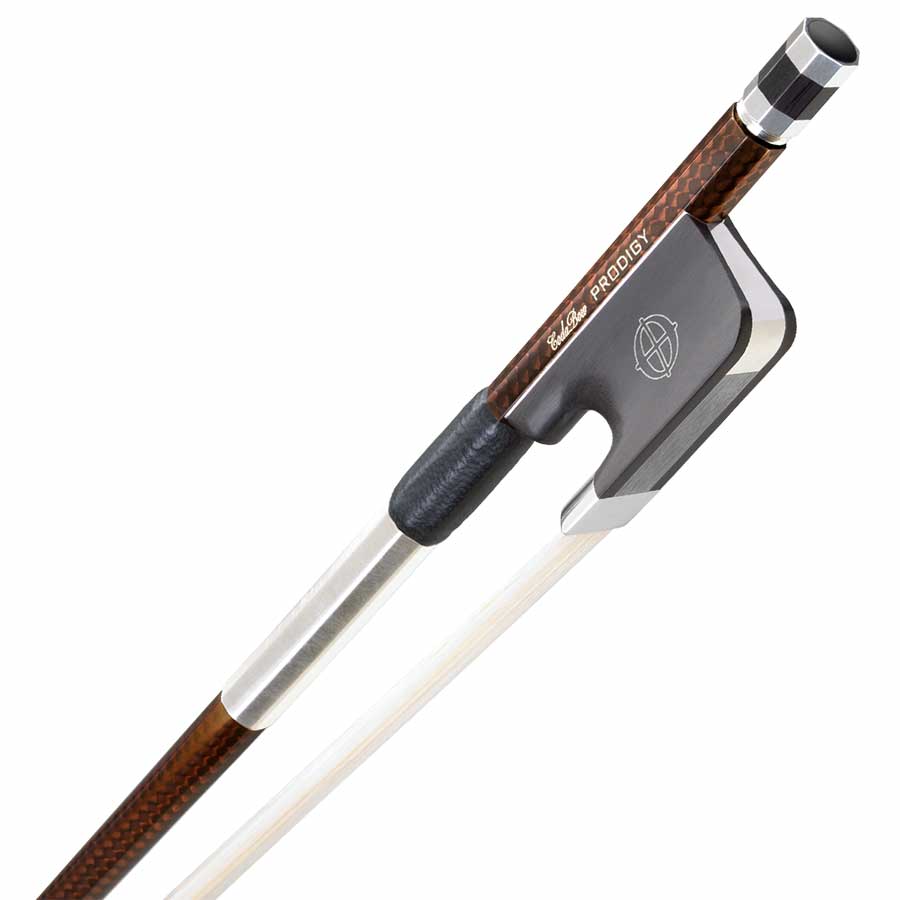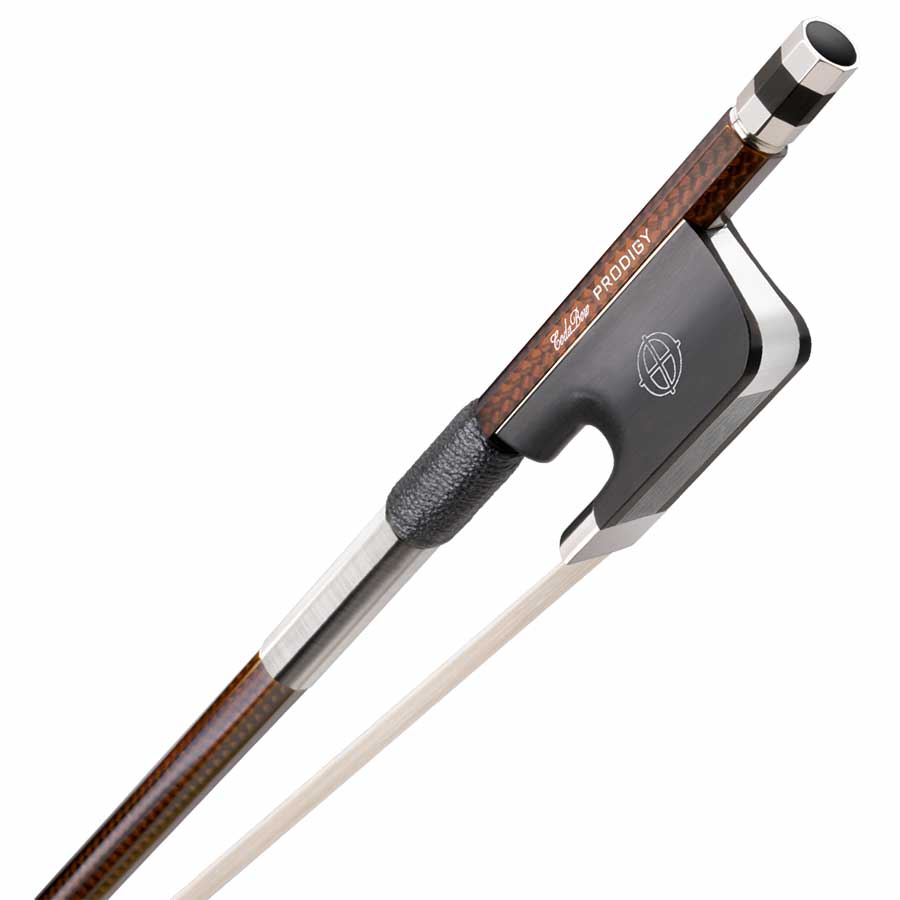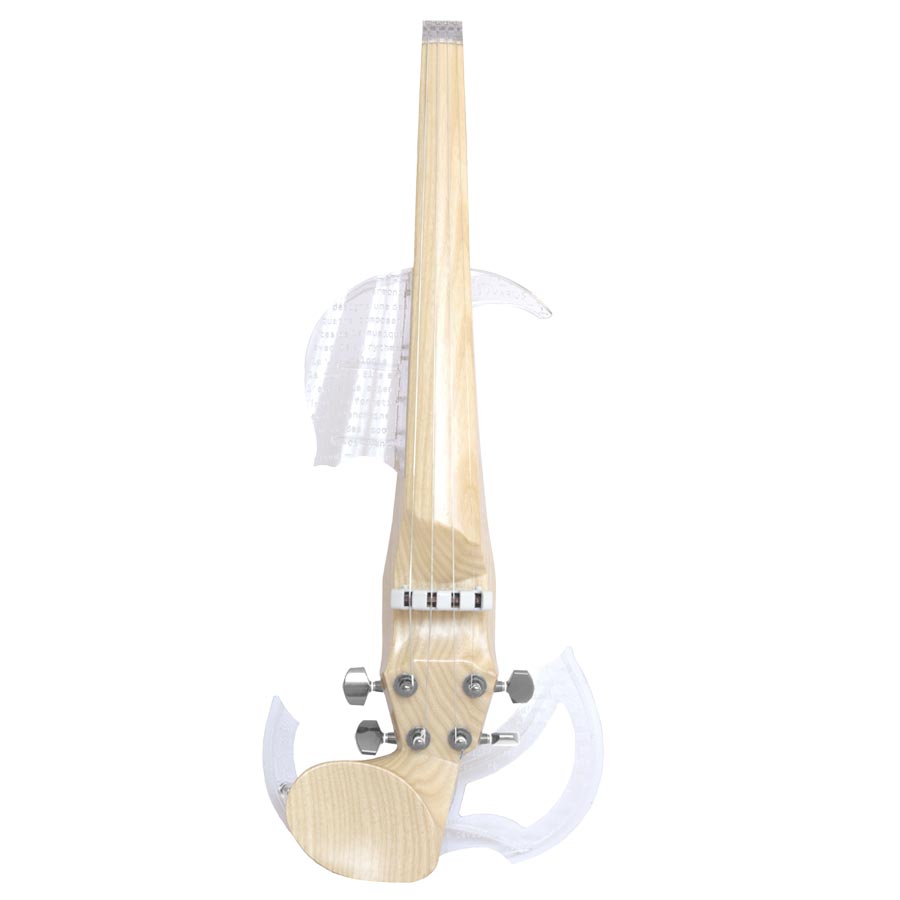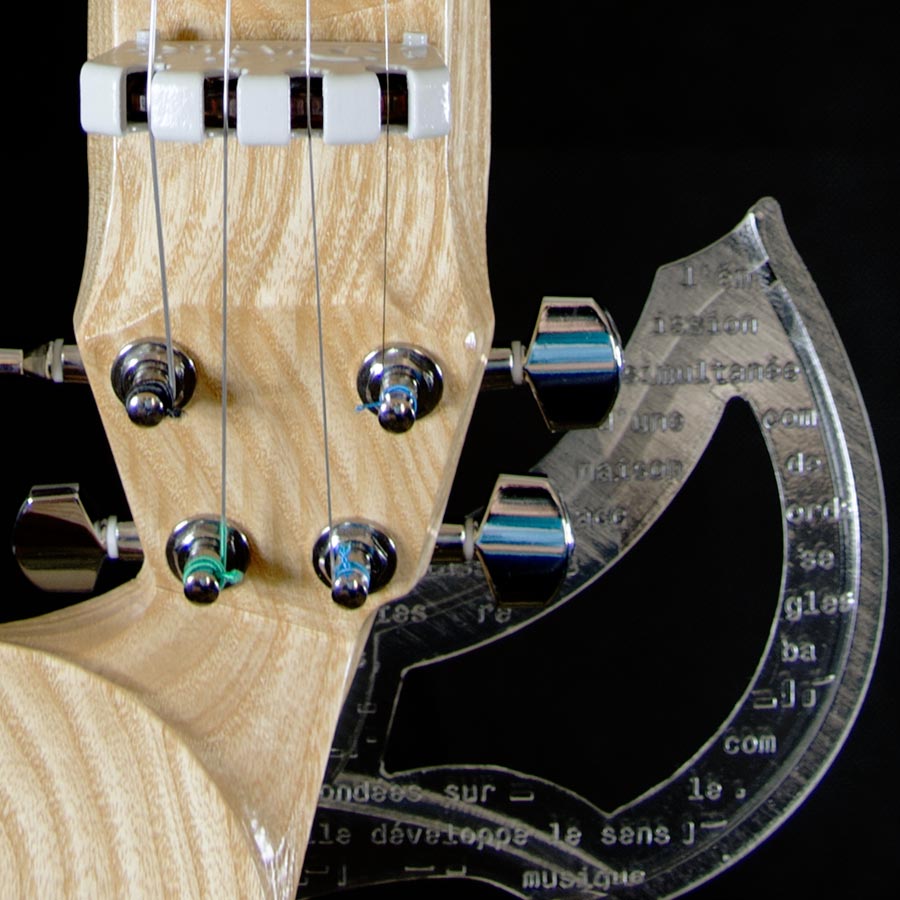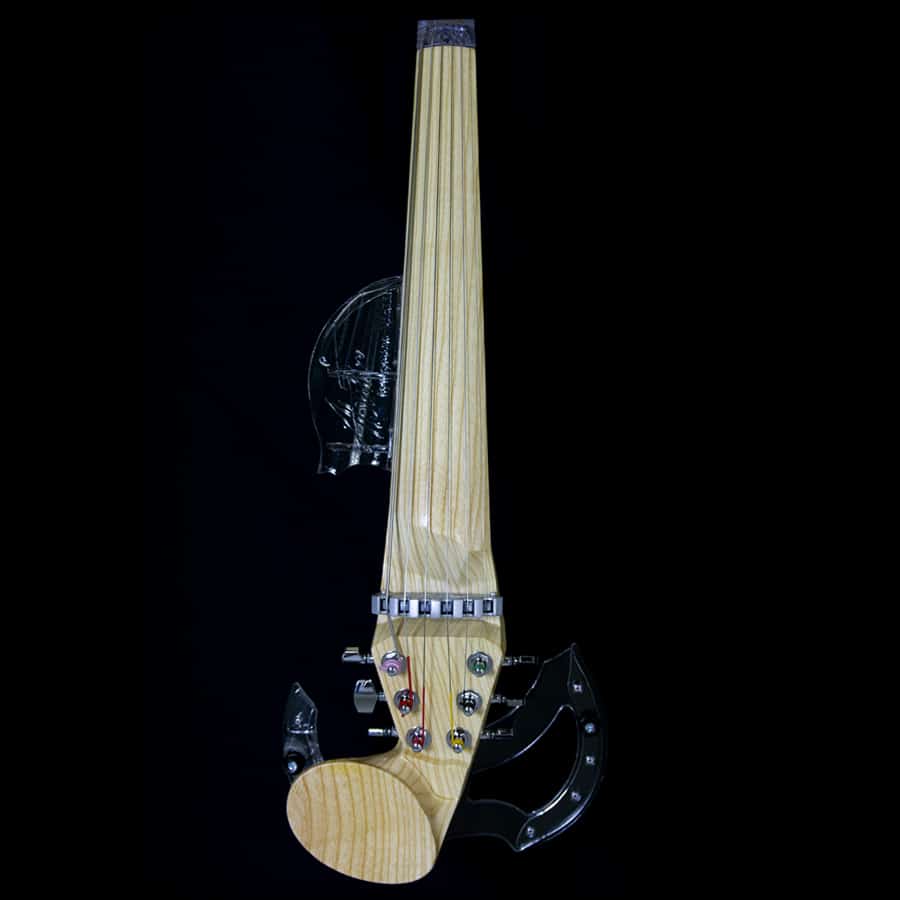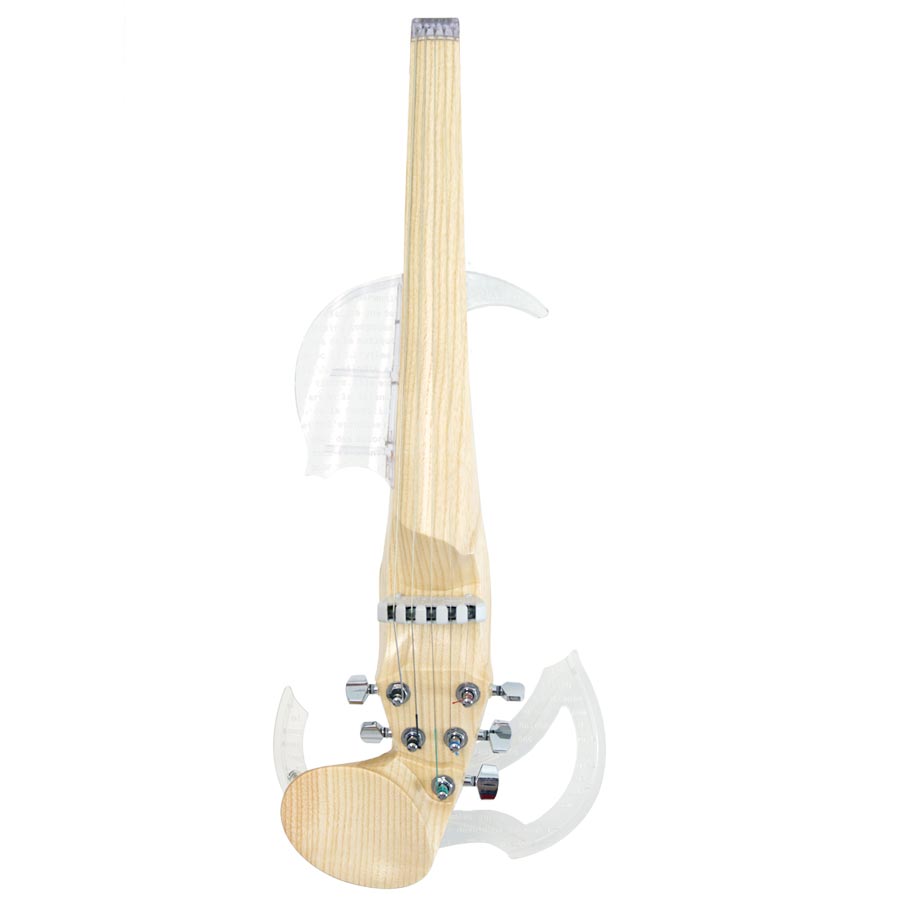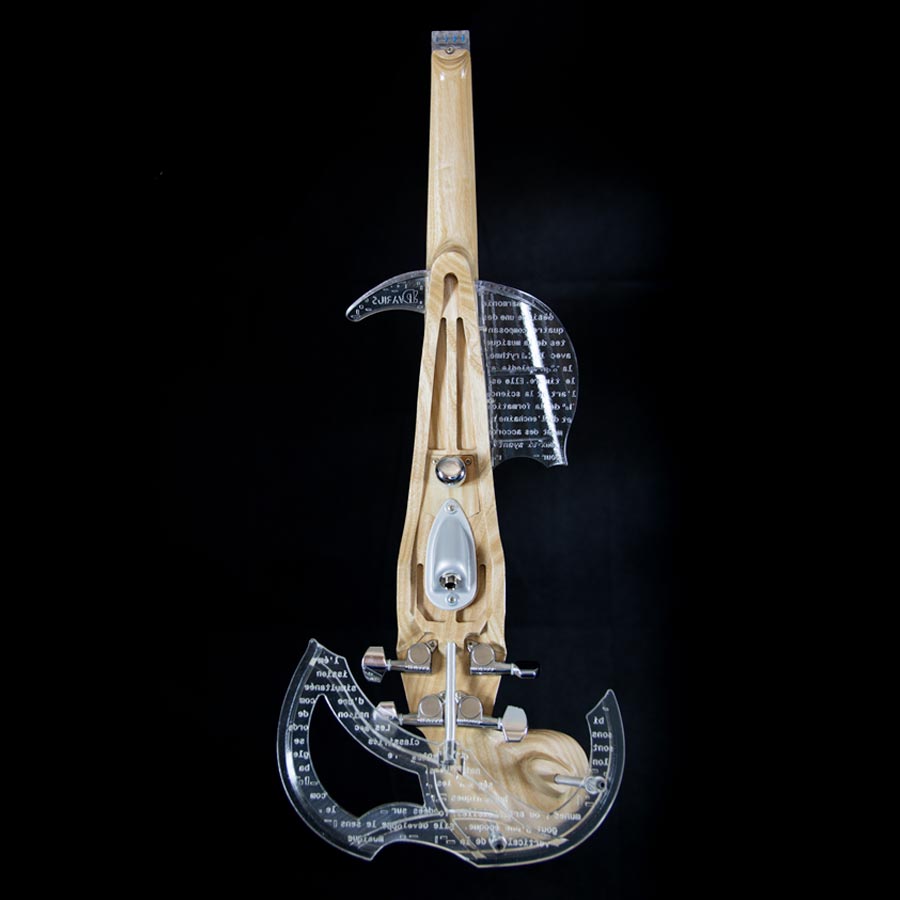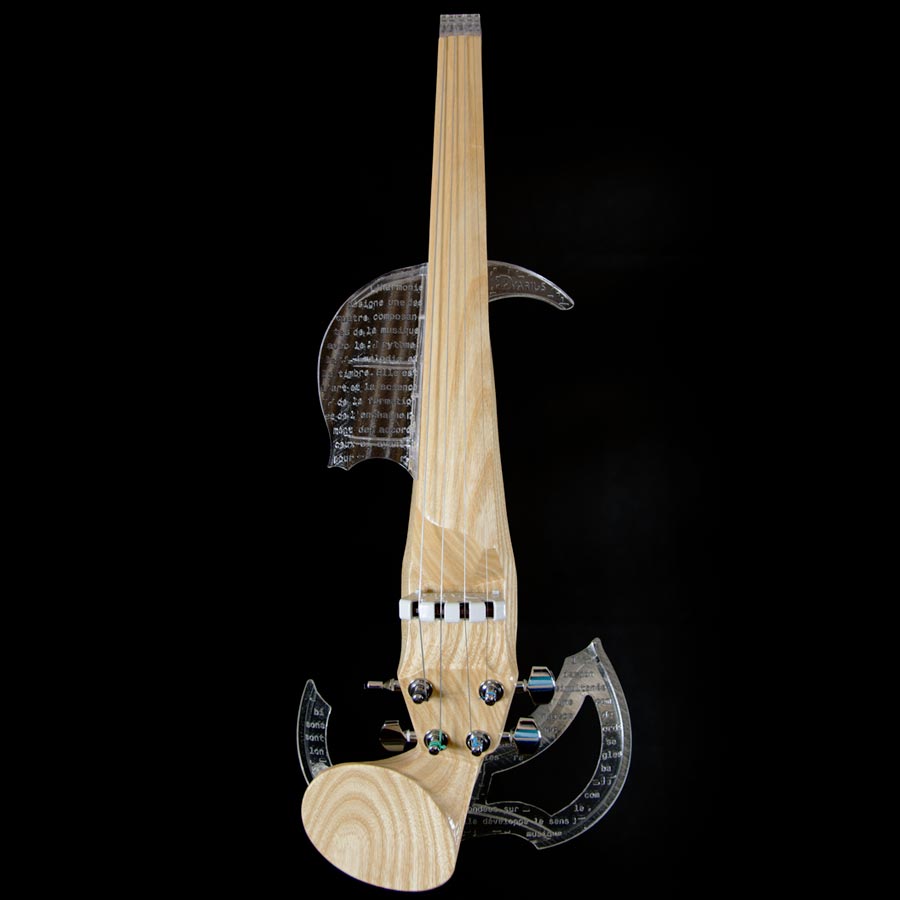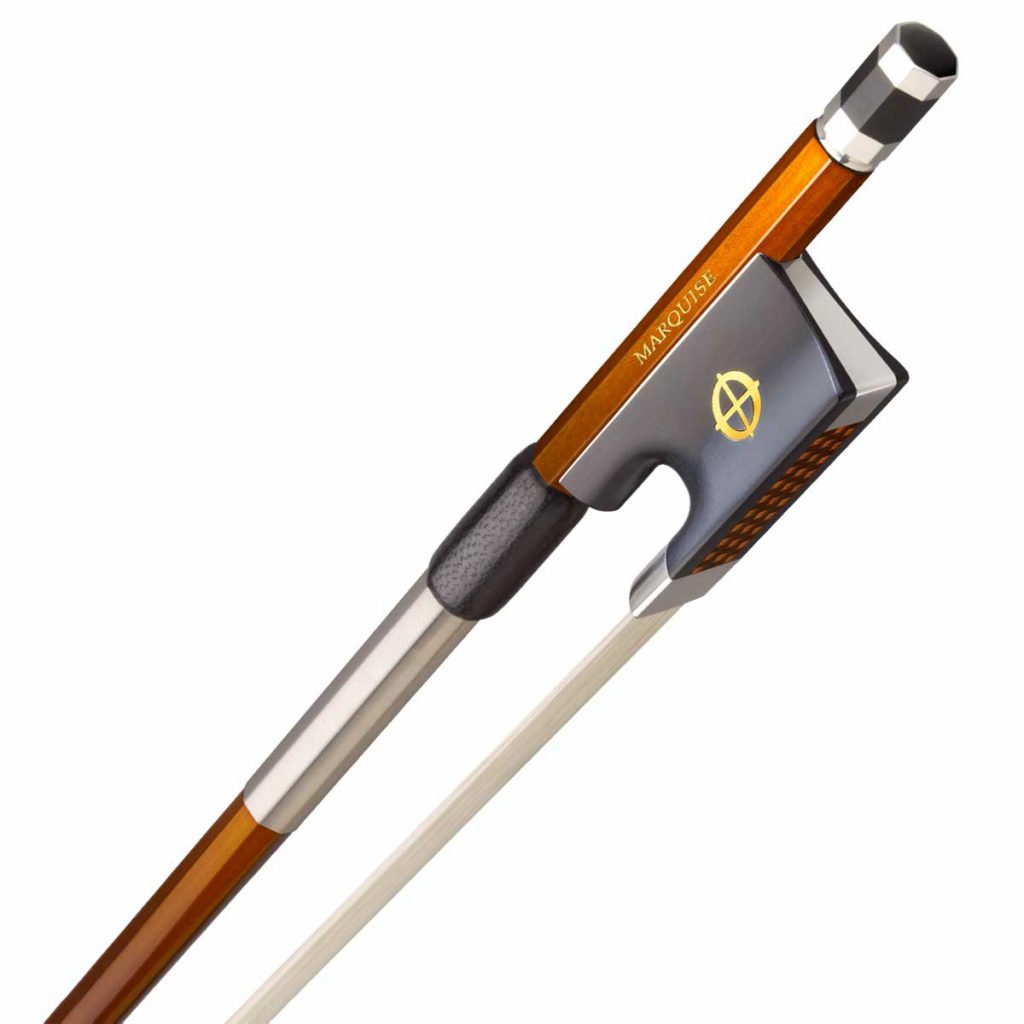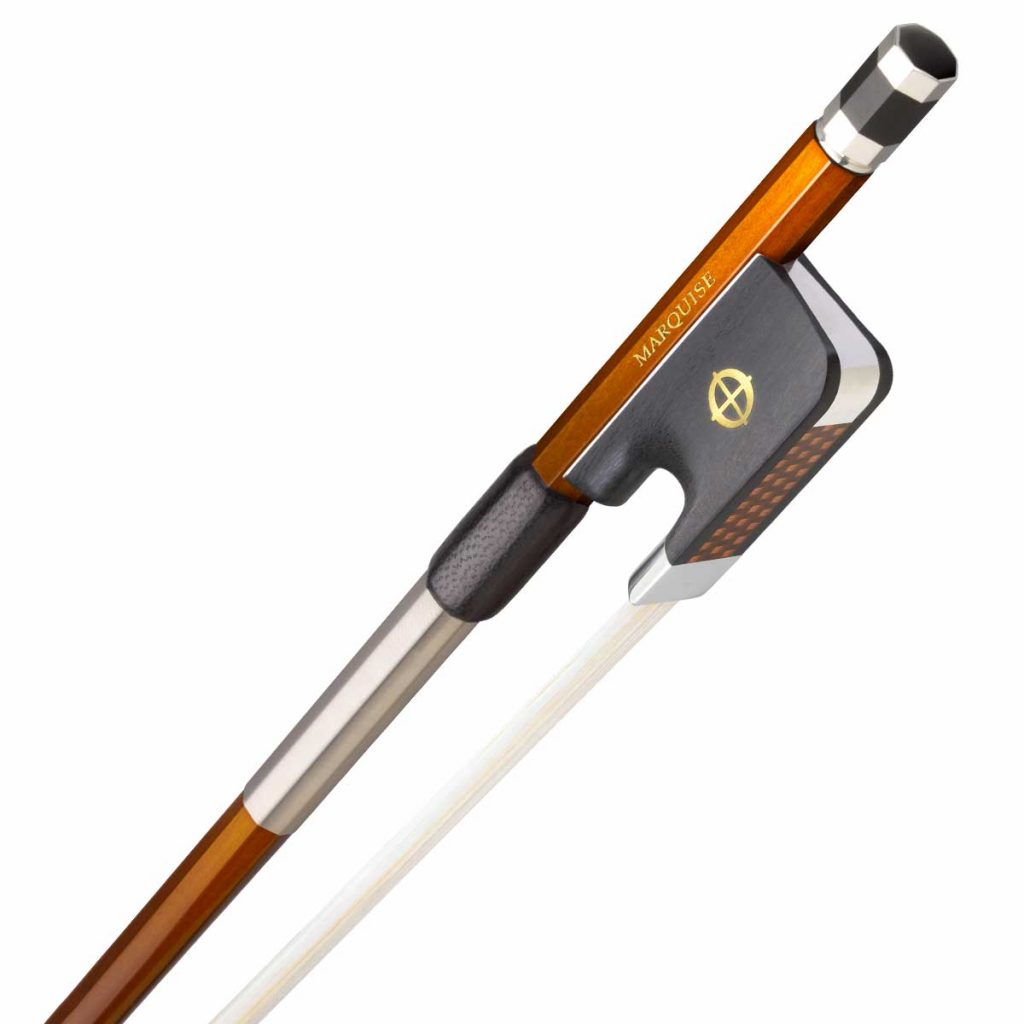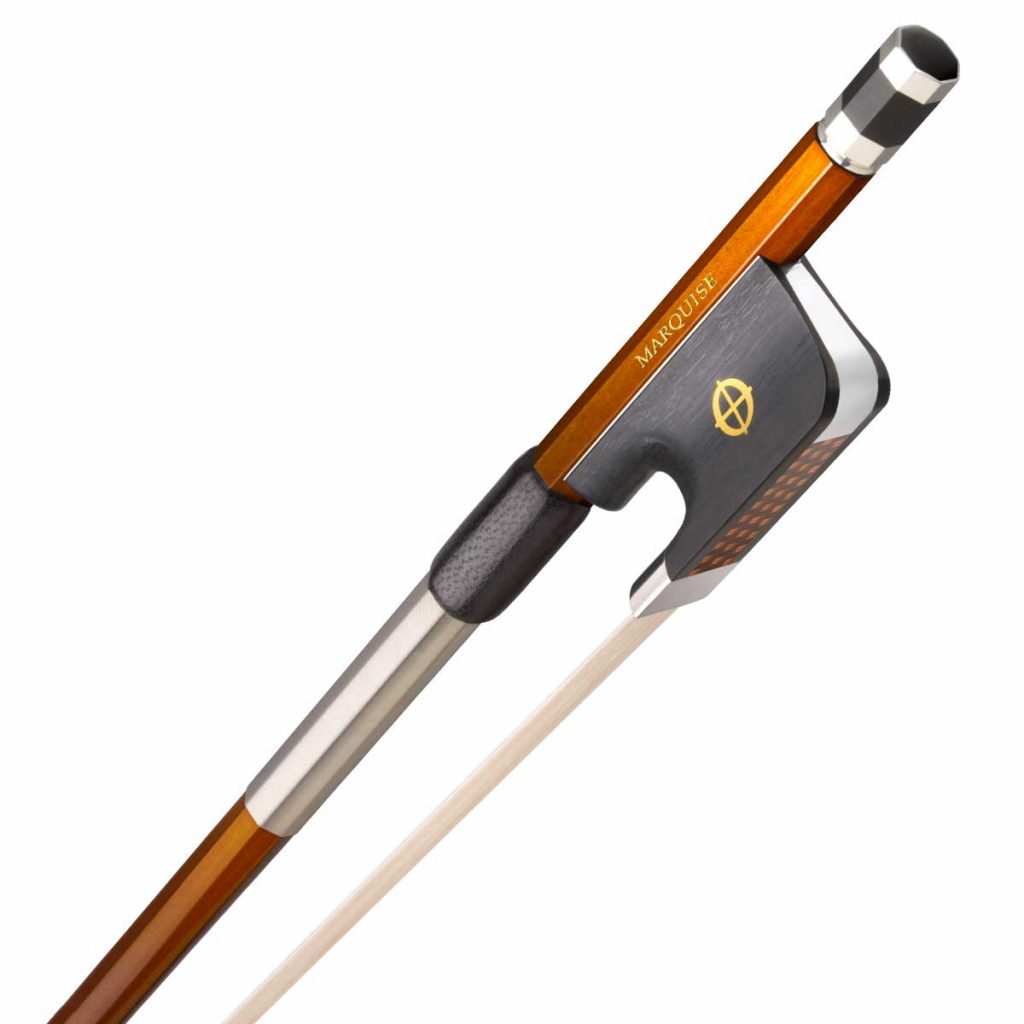You are the proud owner of an electric violin, but you are dissatisfied with the natural sound it produces. Let’s see how you can improve the sound of your electric violin with a few effects!
A good pickup, you will have!
If you have a good electric violin in your hands, it should be able to produce quality sound. Your electric violin is not an acoustic violin, it does not produce sound in the same way. We will not talk again in this article about the differences between an electric and a classical violin, but be aware that their structure is totally different. As a result, their sound cannot be perceived in the same way.
On an electric violin, one of the most important pieces will be the pickup.
Do you know all differences between an electric violin and an acoustic one?
What is an electric violin pickup?
To give you a general idea, the pickup is your “electric” bridge. It will pick up the vibrations of the strings and transcribe them into an electrical signal that will then be amplified.
The quality of your pickup will define the sound quality of your electric violin. The higher the quality, the more powerful will the sound be and the easier it will be to work with pre- or post-recording effects. The best pickups are equipped with a sensor per string that will accurately capture the vibrations of each string.
Does my electric violin have a good pickup?
If you have invested in a very low-end electric violin, you will have understood this, you have given up on your sound quality. We strongly advise any violinist to invest in an electric violin costing at least $800 to $1200 in order to have an exploitable sound.
If your pickup doesn’t have a good quality, it will be useless to try to apply effects to improve it. The quality of a sound depends on its source, if the source does not produce an exploitable sound then the following steps will not really improve it…
A quality pickup must be able to produce a sound powerful enough to be detected by devices. If the sound is not powerful enough, you will have to use a pre-amp to increase the power of the pickup. Be careful with pre-amps that will certainly boost your sound but may also have some constraints:
Voir cette publication sur Instagram
- Creating static noise if the pre-amp is not of good quality
- Increased violin weight (if the pre-amp is integrated in the body of the violin)
- Possible use of a 9V battery (it increased again the violin weight)
- Difficulty replacing the manufacturer’s piece in the event of a failure
- Pre-transformation of the sound of your electric violin before its sound output
Check, however, that it does not produce any static noise, this noise will complicate the task when creating your effects chain. In fact, you will have to clean your sound in order to remove this static noise. Remember that a pre-amp is not mandatory.
Read our article on how to remove/reduce static noise and audio interferences?
Improve the sound with an effects processor
As we have said before, an electric violin will not have the same sound as a classical violin. However, it is possible to get closer to it by using some effects. They will make your sound more alive! The accumulation of these effects will define your effects chain.
To create effects, you will need to use a multi-effects or effects pedals. First of all, be aware that multi-effect and effects pedals are designed for guitars, not for violins. These two instruments are different, they are not played in the same way and do not produce the same type of frequencies. Therefore, some guitar effects are difficult to exploit with a violin.
The guitar is played by plucking or a strumming the strings at the same place where a bow is drawn across the strings on a violin. The sound produced by the friction of the bow on the strings of a violin is much more complex. It contains a different spectrum of sound frequencies.
In our shop, you can get Hotone Ampero effects pedal including 15 electric violin presets. These FX chains are already adapted to electric violin frequencies. And they can be duplicated and adapted to your wishes.
If you don’t have an effects processor, read our article to choose your first effects processor.
Color your electric violin sound
To improve the sound of your electric violin, do not hesitate to overuse ambient effects such as reverb or delay. These are easy-to-use effects that will enhance your sound.
Reverb
The use of reverb in your effects chain will give a warmer, more natural, deep and lively sound. The reverb makes the sound resonate by widening it. It will create a sort of “delay” in which the reaction time has been reduced. This is the effect used to give the illusion that the instrument is played in particular conditions, such as inside a church. It is an ambient effect that will simulate the reverberation of sound in a larger or smaller space.
Reverb is an essential effect for electric violins. It will add color and depth to your electric violin sound.
Delay
You can also take a look at the delay which is a must! It allows you to delay the sound in time between its arrival at the input and its output, then to repeat it like an echo. Feel free to combine reverb and delay, this usually gives a very good result!
Equalizer
The equalizer is often forgotten by most violinists. And yet, this effect may surprise you! It can be used to attenuate or strengthen certain parts of the sound spectrum. The equalizer will interact with bass, middle and treble sounds. This is an effect difficult to master since there are many settings available.
First, work on the bass to define the depth of sound. Then the treble to adjust the attack of your sound. And finally, the middle, which will refine the clarity of the sound.
Do not push your equalizer too hard or you may end up having an “empty” or “hollow” sound.
An equalizer can be placed anywhere to work on the sound. But the easiest way is to place it at the end of the effects chain so that it can influence the final sound of your electric violin.
Read this article to know how to set up an equalizer for a violin or electric violin.
Literally transform your electric violin sound
Saturation effects: distortion, overdrive and fuzz
Among the saturation effects, we will find distortion, overdrive and fuzz. Distortion will be the easiest to use with an electric violin.
Overdrive and fuzz are even more saturated effects and the amount of frequencies of a violin makes their use very complex. It will take the violinist a little patience to find the right settings. Very often, electric violinists only refer to distortion for its ease of use.
Octave effect
The octave effect is an effect that aims to transpose the key of the incoming signal to one or two octaves below or above. For example, it can help you create a bass effect.
In the following video, you will hear a distortion effect, followed by a more classic effect (with delay and reverb) and lastly an octave effect. All 3 effects contain a little reverb and delay.
Dozens of other sound effects exist and can transform the sound of your electric violin… It is up to you to try them out and combine them with each other to create your own effects.
Choose the right amp
An amp will also color the sound of your electric violin. Each amp allows you to make several adjustments to characterize the sound. An unsuitable or poor quality amp will produce an unpleasant sound.
Choosing an amp for a violin is complicated… When we talk about an amp, we instantly think of a guitar amp. As with effects, guitar amps are not designed to handle the frequencies of a violin…
Some electric guitar amps will not be able to correctly amplify the entire sound spectrum of a violin. In the world of electric violins, we tend to focus on acoustic guitar amps or bass amps.
For electric violins, an inadequate amp will tend to saturate as soon as the violinist plays the high notes. So, when you try an amp, push your tests to the highest notes. Beware also of the escalation of power! A powerful amp is not always more effective than a less powerful amp at the same price.
We have written an article on the selection of an amp for an electric violin.
Make the final adjustments at the end of the sound chain
If during concerts, you go through a mixing console, it will be possible to apply the last effects at the end of the sound chain. Be careful, it is a mistake to think that the sound engineer can completely rework your sound or recreate your effects chain.
It is the violinist’s role to define his effects chain before reaching the end of the sound chain. The sound engineer is there to define the sound on the main speakers, the one that will be heard by the audience. He will adjust the sound power of the instrumentalists in your group to deliver something harmonious. However, he has the power to improve your sound on the main speakers. He will adapt it to his sound system to avoid excessive saturation, for example.
Images: sulivan, the nightmatic, vintageking, Amanda Smith

